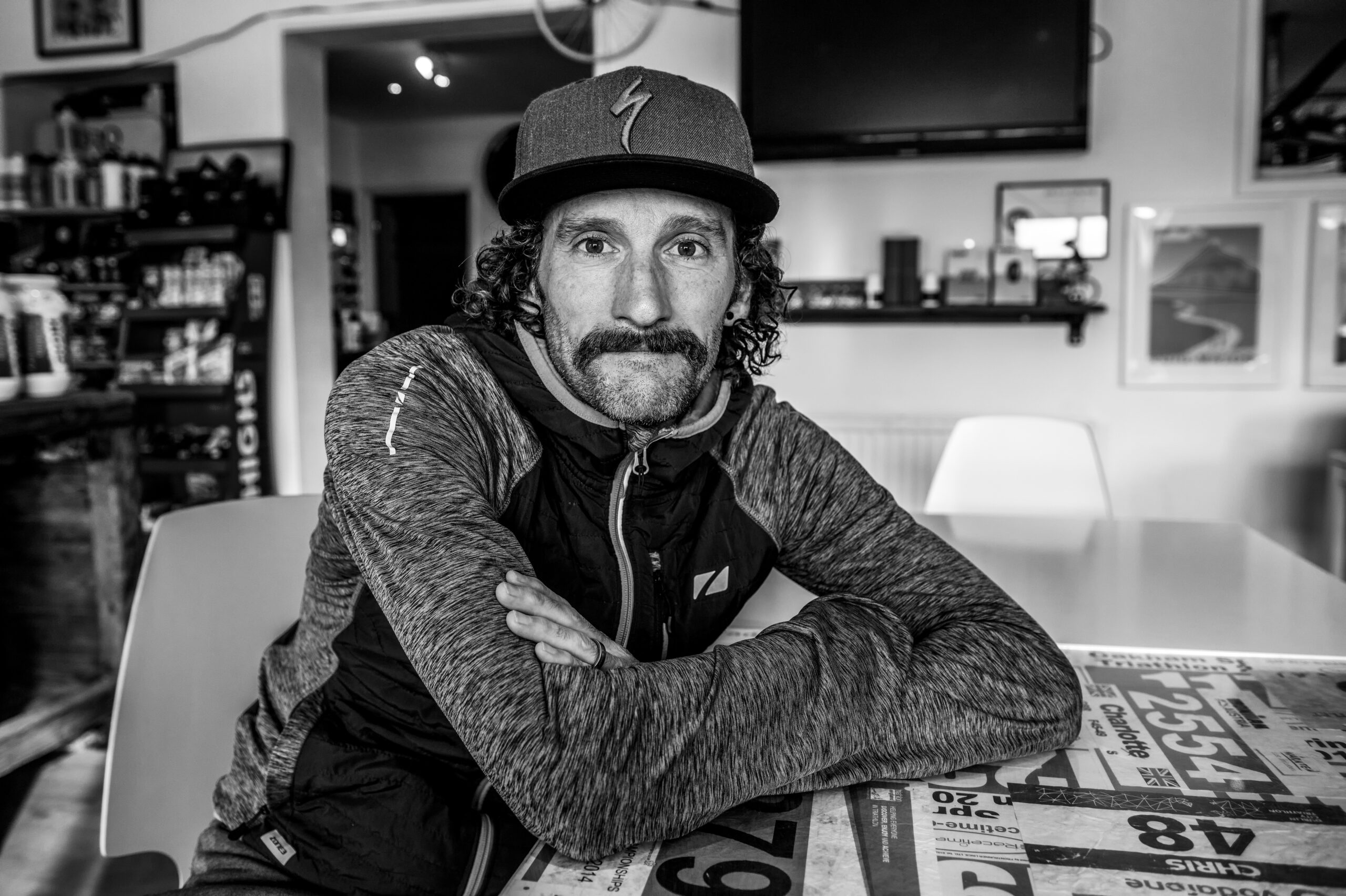1. NAIL THE 180KM BIKE
For the bike, you must spend time in the saddle. And when you’re out on the bike, ideally four or more times a week, you must nail the fourth discipline – nutrition. Some Ironman athletes are racing for up to 17hrs. You’ll only get through that if you fuel consistently and the bike is the best place to do that. But ensure you practise in training. I’ll consume up to 14 energy gels on my long bike set, and you must get your gut used to taking on calories as well as the sweetness of energy products; in fact, you almost need to overfuel in some sessions to acclimatise to feeding on the move.
Ironman is an expensive commitment, both time and money wise. Few have an unlimited budget but I’d recommend a professional bike fit. If investing in equipment, look at the gear that gives big savings. Things that are relatively cheap are a fast tyre with a good inner tube. That can save you between three and five watts. If you can afford a good pair of deep-rim race wheels or an aero road helmet, go for those, too. But the biggest thing is bike position, so clip-on or integrated aerobars are a must.
2. MASTER THE 3.8KM SWIM
This winter, it’s worth the money to have your swim stroke analysed. Look for qualified practitioners nearby or seek advice from iron athletes. In the build-up to your iron swim, pencil in sessions that really prepare you for that 3.8km distance. Slightly under that total: 3 x 1,000m is a good, tough workout that’ll build your mental and physical fortitude. And swim in open water as much as possible before your big day. It’ll acclimatise you to the wetsuit and the unique environment of outdoor swimming. But don’t just swim easy – throw in some efforts that prepare you for changes of pace.
3. CONQUER THE MARATHON
Ironman run training is arguably less stressful on your muscular system than short-course preparation, but it’s more tiring energy wise. Pacing is so important and you must match your run sessions with your race ambitions. If you’re running a 4:30hr Ironman marathon, in training that’s going to feel easy but that’s what you need to do. There’s no point running at a 43min 10km pace when you’re actually racing over
an hour for 10km.
Remember that running is the discipline where injury is the most prevalent. Change your run shoes regularly – I change mine every two months – and I’d advise following me and wearing compression socks during every run session. I run off-road and on the treadmill, too, to ease stresses on the body.
4. ADOPT AN IRON LIFE
Also remember that triathlon is swim, bike, run, transition, nutrition and recovery. So have regular massage, take ice and Epsom salt baths, and eat right. A Ferrari only drives to its potential on top-grade fuel. Eat McDonald’s, you’ll get a McDonald’s performance. So good, clean foods. That doesn’t mean hundreds a month spent on organic food, but fresh ingredients that contain sufficient carbs, protein and good fats. Ensure you have a carb-protein shake to hand for intense sessions, too, as they’re great for refuelling.
5 STAY IN THE MOMENT
I first watched Kona live in 2011 and a friend of mine, Australia’s three-time champ Craig Alexander, was leading. I was stationed around the 5km-to-go point and remember cheering him on. I was going to call out to him but I thought, I can’t speak. It’ll be a distraction and he looks
so focused. If he takes his eye off the ball, everything could unravel. He later told me, when it comes
to Ironman, you must keep in the moment. Aid station by aid station, 5km by 5km, break the race down into chunks.Understand that the longer you go, the darker it gets. It’s the same for all of us.
I guarantee until Jan Frodeno got to that last kilometre at Kona this year, he wasn’t sure he was going to win.
